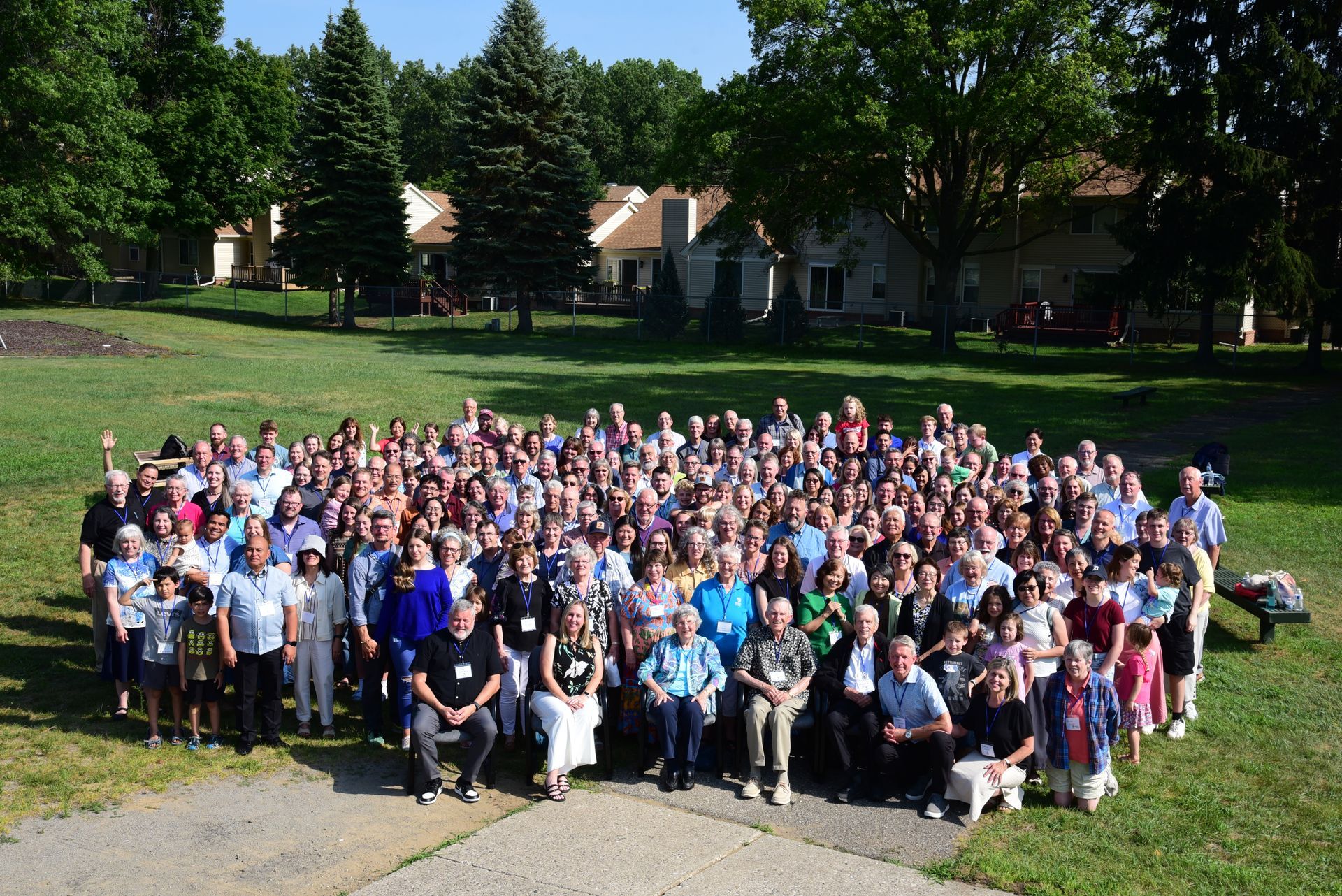
7 keys to effective missionary presentations
By Amy Walters — Missionaries have earned the reputation of being boring! I’m sorry but it’s true. For decades, we have taken what could be the most amazing reports of God’s redemptive work and buried them under bad photos and rambling. So how do we make the most of the time we have to share our ministries with our churches? These seven keys can help!
1. Tell a story.
The best way to engage an audience is to tell a story. Talk about how God has changed someone’s life or how he is working through a ministry or event you were involved in. Or talk about how you see evidence of people’s need for the gospel and what gives you urgency to reach them.
Whatever story you pick, make sure that it is relevant and that it touches your heart. Stories that are unconnected to missions or your role in it will just confuse your audience. Stories that move you emotionally will have a good chance of moving your audience as well.
2. Use quality visuals.
If a picture is bad, don’t use it! That means nothing blurry, too dark, poorly framed, or awkward. And please, don’t just dump your entire camera roll into a Power Point! Select a few, quality photos, maps, or graphs to supplement what you are saying. When you tell your story, pick one photo of the person, location, or event to go with the story.
Also, do not put large blocks of text into your visual presentation. You should not be reading anything from the screen.
3. Start strong and finish strong.
It only takes seven seconds to lose an audience’s attention! A slow start to your presentation can be the end of someone listening to it. So start your presentation well. Use something interesting, strange, or unexpected to pique their interest. Use humor (but make sure you know what your audience will find funny). Or relate something you and your audience may have in common.
Do not begin with an apology for nerves or bad preparation. This can set your audience on edge.
Similarly, it’s important to finish the presentation well. Without a plan for how the presentation will end, the tendency can be to ramble and repeat. Land the plane! Memorize what your last line will be and once you say it, sit down!
Some simple ways to finish a missionary presentation are to tell the audience where they can find you after the service if they have questions, or to give them a few prayer requests.
4. Follow a clear path.
There is probably a lot you want to say and it can be hard to discern what the most important elements are. At SEND, we use a presentation outline called the W5HY (why-5):
Who – Who are you? What is your background or call to missions? What are you passionate about? Think about your audience—what do they know or not know about you? Again, only include the information that is relevant to the ministry you will present.
What – What ministry are you going to do or are currently doing? What do you hope to accomplish through your ministry? If you are serving in a support role, how will your work help reach lost people? If you don’t know many of the details of your own ministry yet, you could talk about what the missionaries on that team or in that location are currently doing.
Why – Why are you going? And why this ministry in this location? Why do the people you are going to live and serve among need the gospel? This section, and the section about who you are, are the most important parts of your presentation. They offer you the best opportunity to share your heart. If your presentation is well-polished but lacks passion, you will have missed the mark.
Where – Where are you going? Don’t just talk about geography but talk about the people who live there. If you are going to a place where Christians are unwelcome, you can speak about the region or talk about the people without specifying where exactly they live.
When – When do you hope to get there or return there? What things must be in place in order for you to leave—training, support-raising, visas? This section is particularly important if you have a deadline for when to arrive, like when language school starts. This can give your audience a sense of urgency to help you get there.
How – How will you get there? And I’m not talking about whether you’re taking a plane or a boat. This is about building your support team. Who do you need on that team—people to pray for you, people to give to your ministry? Maybe you even want to invite other people to join you on the mission field.
You – “You can be part of this ministry.” This is where you take a deep breath, look your audience straight in the eye and invite them to participate. This can have a very strong impact if done well. So don’t apologize for asking for money or needing people’s help. It is the privilege of God’s people to be involved in God’s work. This does require sensitivity, however, to the person who invited you to speak. So it’s a good idea to ask the pastor or missions committee chair if it’s okay for you to invite your audience to support your ministry.
5. Pay attention to time.
Most American churches are time oriented. They have clocks everywhere reminding them that the time is coming to dismiss everyone to lunch. You will generate goodwill with the pastor if you keep to the time allotted for your presentation.
6. Practice!
Hopefully you will have many opportunities to present your ministry and will become very familiar with your material. But don’t use that as an excuse to wing it! Take each speaking opportunity seriously and be well-prepared for it. Rehearse, out loud. Know your technology and what the church uses. Be prepared to give your presentation without the technology, if necessary.
7. Show gratitude.
Your audience has given you their time and attention. Make sure to thank them for it.
I understand that many people fear public speaking more than death. But I hope these tips can help you present your ministry clearly. God has called you to something exciting—let’s help your audience get excited about God’s work too.





